
THREAD: ukraine bold move usbacked ceasefire
LifeLine™ Media threads use our sophisticated algorithms to construct a thread around any topic you want, providing you with a detailed timeline, analysis, and related articles.
News Timeline


PUTIN’S Easter Ceasefire Shattered: Deadly Betrayal Leaves Ukraine in Mourning
— Three people were killed in Ukraine’s Kherson region during what was supposed to be a 30-hour Easter ceasefire announced by Russian President Vladimir Putin. Ukrainian leaders say Russian forces kept attacking, with President Zelenskyy reporting over 2,900 violations and hundreds of drone strikes during the truce. Russia denies breaking the agreement. The Russian Defense Ministry claims its troops “strictly observed the ceasefire” and did not push forward. Instead, Moscow accuses Ukraine of nearly 5,000 violations. Putin says fighting only started again after the truce ended. Meanwhile, Zelenskyy is calling for a longer peace or at least an end to attacks on civilians — something Russia says will only happen if Western countries stop sending weapons to Ukraine. The back-and-forth blame shows just how little trust remains between Moscow and Kyiv. Both sides point fingers as innocent lives are lost — even on sacred holidays.

PUTIN’S Fake Ceasefire Sparks Outrage As Attacks Rock Ukraine
— Russian President Vladimir Putin announced a 30-hour Easter ceasefire, but deadly attacks still hit the Kherson region. Ukrainian officials say three people were killed and three more hurt during what was supposed to be a truce. The head of Kherson’s administration, Oleksandr Prokudin, shared these numbers with the public.
Ukrainian President Volodymyr Zelenskyy accused Russia of breaking the ceasefire over 2,900 times. He said Russian forces kept up shelling and drone strikes along the front lines. Zelenskyy told his people that “actions always speak louder than words” and promised Ukraine would only stay silent if Russia did too.
Russia’s Defense Ministry pushed back, blaming Ukraine for 4,900 violations instead. They claimed Moscow’s troops “strictly observed the ceasefire.” But as soon as midnight hit and the truce ended, fighting picked right back up across both sides.
Putin says he’ll only agree to a real ceasefire if Western countries stop sending weapons to Kyiv and if Ukraine stops calling up new soldiers — terms Ukraine flatly rejects. With both sides pointing fingers and refusing to budge, this war looks far from over.
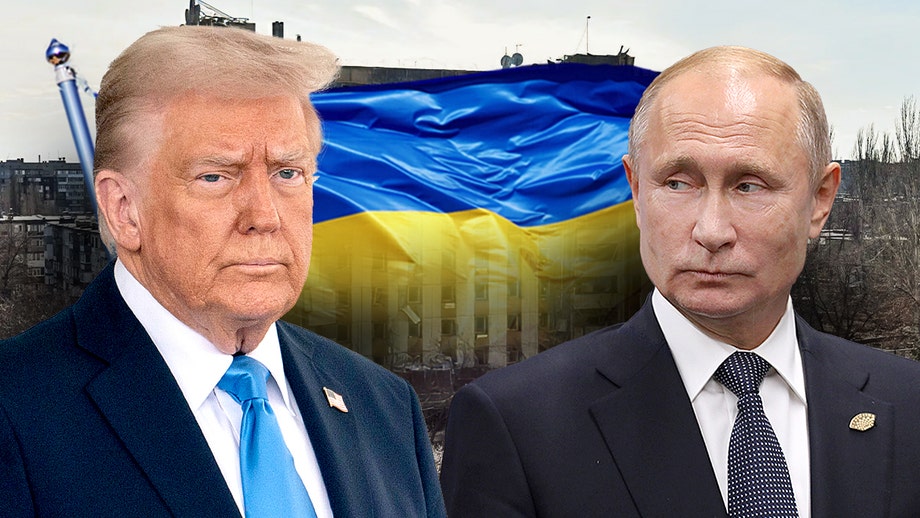
RUSSIA’S CEASEFIRE Bluff: Will They Really Stop the Conflict?
— Secretary of State Marco Rubio announced that RUSSIA’s commitment to a ceasefire in Ukraine will soon be tested. Speaking at NATO headquarters, Rubio stressed the U.S.’s desire to end the conflict and warned against potential delay tactics by Moscow.
Russia’s rejection of a 30-day ceasefire proposed by Ukraine and its conditions for a Black Sea truce have raised doubts about its intentions. The Trump administration remains cautious, with President Trump unwilling to engage in endless talks without concrete actions from Russia.
Rubio avoided detailing Russia’s conditions for peace but pointed out discrepancies between official reports and actual discussions with foreign leaders. This was clear after President Trump’s call with Russian President Putin, where differing accounts emerged about commitments on Black Sea force usage.
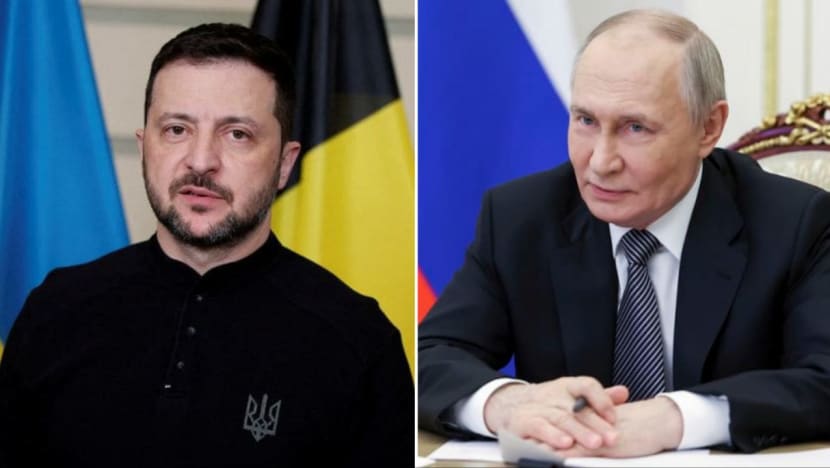
US-BROKERED TRUCE: A Glimmer Of Hope in Russia-Ukraine Conflict
— The United States has brokered a crucial agreement between Russia and Ukraine to stop military attacks at sea and on energy infrastructure. This step is part of ongoing efforts to ease the war that began in February 2022. The truce aims to secure vital shipping routes in the Black Sea, essential for global food supplies due to Ukraine’s role as a major grain exporter.
As part of the deal, the U.S. will push for lifting certain sanctions against Russia. Ukrainian President Volodymyr Zelensky stated that the agreements would take effect immediately without preconditions for sanctions relief, though Russia insists some conditions must be met first. This agreement follows aggressive Russian attacks on Ukraine’s energy infrastructure and retaliatory strikes by Ukraine on Russian oil and gas facilities.
Skepticism remains from both nations regarding each other’s commitment to the truce terms. The U.S. has voiced concerns that Russia might use this agreement as a delay tactic rather than a genuine step towards peace. Despite these doubts, this truce is seen as critical for stabilizing activity in the Black Sea, which has faced significant military and economic disruptions due to ongoing conflict.
Future discussions are expected about halting attacks and whether this truce can lead to more comprehensive peace in the region. This development marks an important moment but leaves many questions unanswered
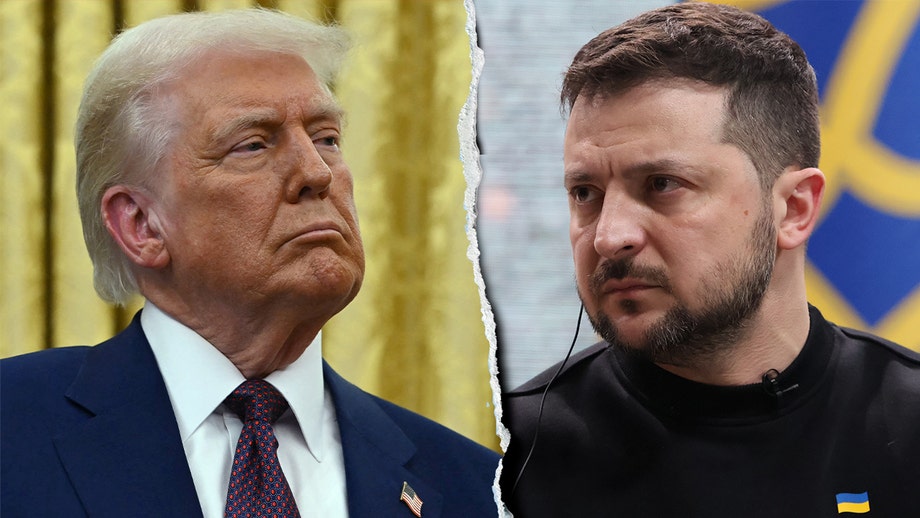
TRUMP and ZELENSKYY’S Hopeful Ceasefire Call: A Step Toward Peace
— President Donald TRUMP and Ukrainian President Volodymyr Zelenskyy had a “very good” phone call about a preliminary agreement with Russian President Vladimir Putin. Trump shared the news on Truth Social, highlighting that Russia and Ukraine’s requests align well. He stated, "We are very much on track.
Zelenskyy described the call as “positive, very substantive, and frank,” thanking Trump for productive teamwork in Jeddah. The Ukrainian leader is hopeful about achieving lasting peace with American leadership, believing cooperation with the U.S. could end the war this year.
Putin agreed to pause attacks on Ukraine’s energy infrastructure for 30 days. However, this does not include frontlines or civilian areas as initially hoped by Trump’s administration. Ceasefire talks continue as both nations strive for a peaceful resolution under U.S. guidance.
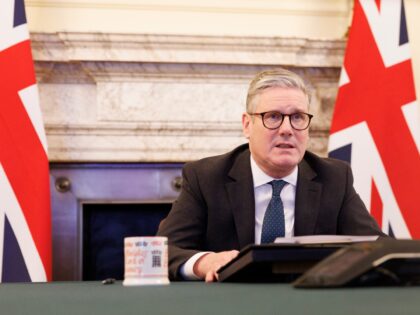
TRUMP vs PUTIN: The Dramatic Ukraine Ceasefire Standoff
— An upcoming virtual summit, led by Starmer’s “coalition of the willing,” will discuss military and financial aid for Ukraine. The meeting will also consider a peacekeeping mission if Russia agrees to talks.
About 25 countries, including European partners and Ukraine, plan to join. Notably missing is the United States, which has changed its stance on the war under President Donald Trump after his recent clash with Ukrainian President Zelenskyy in the Oval Office.
The U.S. proposed a 30-day ceasefire in Ukraine, backed by Zelenskyy but met with conditions from Putin. Secretary of State Marco Rubio expressed “cautious optimism” about Putin’s potential agreement after talks with U.S. envoy Steve Witkoff.
Starmer doubts Putin’s intentions and criticizes his delay tactics regarding Trump’s peace plan. He insists that concrete commitments are needed as Putin continues playing “pointless games” with ceasefire proposals, showing little seriousness about achieving peace.

PUTIN’S Conditions for Ukraine Ceasefire Exposed: What He Really Wants
— Russian President Vladimir PUTIN supports a ceasefire in Ukraine, but with strings attached. At a Moscow news conference, he stressed the need to tackle the “root causes” of the conflict.
Putin’s remarks show that while he wants fighting to stop, talks must address deeper issues. This highlights Russia’s focus on its strategic goals in the region.
The peace proposal comes amid ongoing tensions and global calls to end hostilities. Observers say any ceasefire will need careful negotiation and compromise from all sides involved.
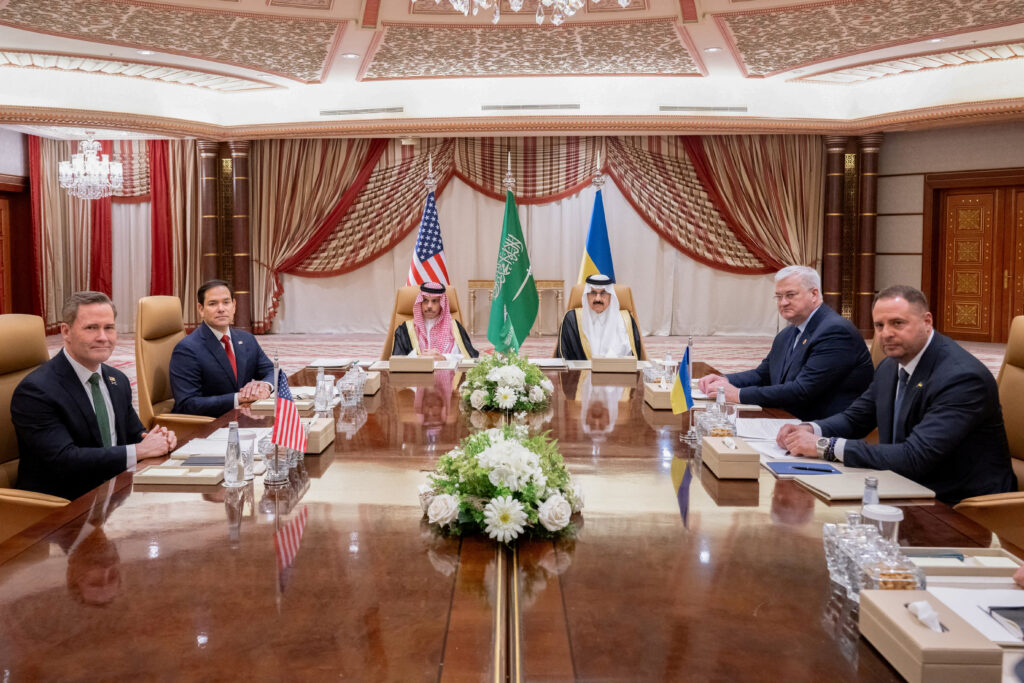
PUTIN’S Ceasefire Agreement: Is Peace in Ukraine a Reality?
— Russian President Vladimir PUTIN has agreed to a U.S. proposal for a 30-day ceasefire in Ukraine. However, he insists on clarifying key terms to ensure lasting peace. Putin worries the ceasefire might allow Ukrainian forces to regroup after their recent gains.
In the Kursk region, Russian forces reportedly recaptured Sudzha, a strategic town previously under Ukrainian control. This development complicates Kyiv’s position in potential peace talks and highlights ongoing volatility and strategic moves by both sides.
U.S. officials, including Trump’s special envoy Steve Witkoff, are in Moscow discussing the ceasefire proposal with Russian counterparts. Despite diplomatic efforts, skepticism remains high among Putin’s aides who suspect it might be a ploy for Ukraine to prepare for further conflict. The U.S., however, is pushing for Russia’s acceptance as part of broader peace efforts involving trade tensions with Canada too.
Ukrainian President Volodymyr Zelenskyy remains cautious about Russia’s commitment due to past breaches by Moscow. He emphasizes the need for guarantees that any ceasefire will lead to genuine peace rather than just temporary relief from hostilities. These developments underscore ongoing complexities and potential impacts on future relations between these nations.;

RUSSIA’S Ceasefire Dilemma: US Negotiations Face Challenges
— Russian President Vladimir Putin is facing hurdles in agreeing to a ceasefire with Ukraine. A senior Russian source says any deal needs detailed terms and guarantees. The United States is actively involved in talks, but Moscow insists that agreements must be on its terms, not Washington’s.
GREENLAND ELECTION SHOCKS WORLD: Trump’s ANNEXATION Threat BACKFIRES
Greenland’s center-right opposition party won a key election influenced by President Donald Trump’s annexation threat. The election showed Greenlanders’ strong desire for independence from Denmark, with 85% opposing US annexation. Recent polls reveal that nearly half of the population sees Trump’s interest as a threat.
TRUMP’S TRADE WARS: Global MARKETS on EDGE
President Trump continues to push tariffs, causing retaliation from the EU and Canada and unsettling global markets. This strategy raises fears of a potential U.S. recession and broader economic slowdown as investor confidence wavers under trade tensions’ pressure.
UKRAINE’S BOLD Move: US-Backed Ceasefire Sparks Hope
— Ukraine has agreed to a U.S.-proposed one-month ceasefire with Russia, if Russia follows the terms. This follows talks with U.S. National Security Advisor Mike Waltz, Secretary of State Marco Rubio, and Saudi Foreign Minister Prince Faisal bin Farhan Al Saud. This is a crucial step amid rising tensions in the region.
The ceasefire proposal shows increased diplomatic efforts by various nations to stabilize Eastern Europe. Saudi Arabia’s involvement highlights its growing role in international peace efforts and may lead to more comprehensive negotiations in the future.
Ukraine’s decision reflects a strategic move towards diplomacy while being cautious about Russia’s commitment to the terms. As global attention turns to this truce, it’s crucial for both sides to adhere strictly for lasting peace prospects.
This development is key for ongoing talks about Ukraine’s conflict with Russia and could lead to stronger diplomatic resolutions if successful. The world watches closely, hoping for peace in this long-standing conflict zone.

UKRAINE and RUSSIA Ceasefire: A Shocking Step Toward Peace
— The United States will resume military aid and intelligence sharing with Ukraine. This decision follows recent talks in Saudi Arabia. Kyiv is ready to accept a U.S. proposal for a 30-day ceasefire with Russia.
This marks a big change in the ongoing conflict between Ukraine and Russia. The proposed ceasefire aims to lower tensions and open the door for more diplomatic talks. Both countries have been locked in long hostilities, affecting regional stability.
The agreement highlights the U.S.'s commitment to supporting Ukraine against Russian aggression. Military aid is vital for Ukraine’s defense, while intelligence sharing boosts strategic abilities. This move could lead to more comprehensive peace talks soon.

UKRAINE’S Shocking Move: US Ceasefire Plan Accepted
— Ukraine and the United States announced a major development on Tuesday. After discussions in Saudi Arabia, Ukraine agreed to a U.S. proposal for a 30-day ceasefire with Russia. This decision comes as the U.S. resumes military aid and intelligence sharing with Kyiv immediately.
The joint statement from both countries highlights their cooperation amid ongoing tensions with Russia. The ceasefire aims to provide a temporary halt in hostilities, allowing diplomatic efforts to take center stage.
This move is seen as a strategic step by the Biden administration to stabilize the region temporarily while exploring long-term solutions. Critics argue that such measures may only offer short-lived relief without addressing deeper issues in Eastern Europe.

UKRAINE CEASEFIRE: US Backs Peaceful Hope In Russia Conflict
— The United States will restart military aid and intelligence sharing with Ukraine. This decision comes after talks in Saudi Arabia, where Kyiv accepted a 30-day ceasefire proposal from the U.S.
This move aims to ease tensions in the ongoing conflict with Russia. The joint statement highlights cooperation between the U.S. and Ukraine to stabilize the region and explore peace options.
The agreement is a crucial step towards potential resolution, though challenges remain as military actions continue in the area. Both nations express hope for a peaceful outcome through this temporary truce.

US RESUMES SECURITY Support to Ukraine: A Bold Move for Peace
— The United States will restart military aid and intelligence sharing with Ukraine. This decision comes after Kyiv showed it is ready to accept a U.S.-proposed 30-day ceasefire with Russia.
This action is part of a larger diplomatic plan to stabilize the region amid ongoing tensions. US officials emphasize how crucial this aid is for Ukraine’s defense and regional stability.
Both countries are in talks to reduce conflict and find lasting peace solutions. Restarting support marks a big step in US-Ukraine relations during these tough times.
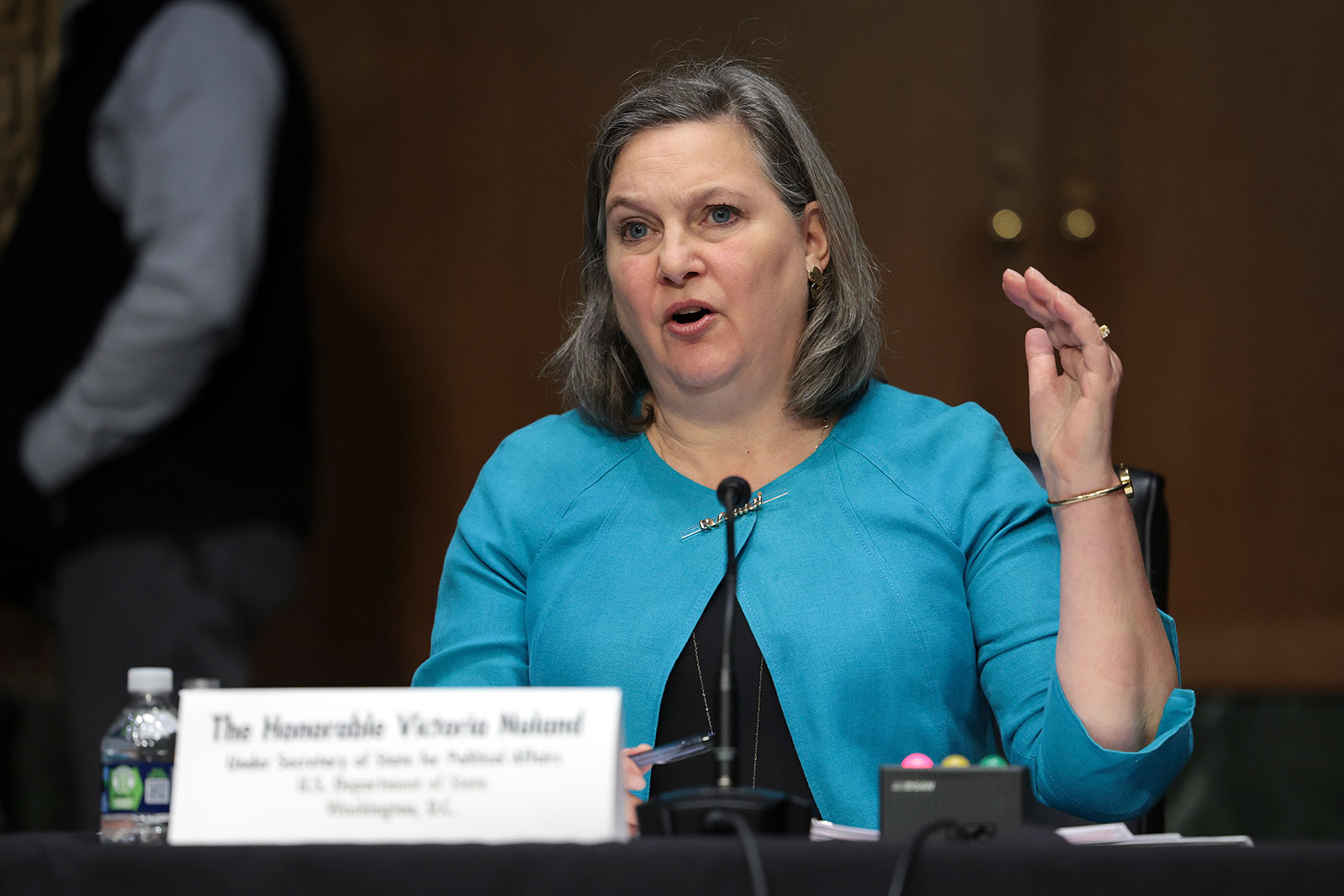
US RESTARTS Military AID to Ukraine: A Bold Move Amid Ceasefire Talks
— The UNITED STATES has agreed to restart military aid and intelligence sharing with Ukraine. This decision comes as Kyiv considers a U.S.-proposed 30-day ceasefire with Russia. The announcement marks a pivotal moment in U.S. support for Ukraine amid ongoing conflict.
A joint statement from U.S. and Ukrainian officials confirmed the resumption of security support. The proposed ceasefire aims to reduce hostilities and open doors for further negotiations between the involved parties, signaling a strategic shift in U.S. foreign policy toward stabilizing Ukraine through diplomacy.
This announcement arrives during heightened tensions between Ukraine and Russia, where continued hostilities threaten regional stability. Since the conflict began, the U.S.’s role has been crucial in providing both military and humanitarian assistance to Ukraine, underscoring its commitment to supporting allies against aggression.

US RESUMES MILITARY AID to Ukraine: A Bold Move Amid Ceasefire Talks
— The Trump administration has announced the immediate resumption of military aid to Ukraine. This decision aligns with Ukraine’s openness to a 30-day ceasefire, signaling a potential shift in the ongoing conflict. Delegations from both sides engaged in discussions for several hours, with more talks planned.
President Donald Trump is set to speak with Russian President Vladimir Putin about a possible ceasefire. Ukrainian President Volodymyr Zelensky has been invited back to the White House for further discussions. The Russian Foreign Ministry expressed willingness for continued dialogue with U.S. representatives, sparking hope for a peaceful resolution that respects Ukraine’s sovereignty.
Safety concerns have escalated following a tragic midair collision involving an Army helicopter and an American Airlines jet near Ronald Reagan Washington National Airport in January 2025. All 67 individuals on board both aircraft perished, prompting NTSB investigator Jennifer Homendy to urge the FAA to implement urgent safety measures immediately.
On the economic front, Asian markets are experiencing significant declines amid global sell-off trends impacting investor confidence worldwide. Japan, South Korea, and Taiwan saw market drops of about 2% as part of this broader financial downturn following the S&P 500’s worst day of the year on March 11th.

US SHOCKS World by BACKING Russia at UN: A Controversial Move
— On March 6, 2025, the United States marked the third anniversary of Russia’s invasion of Ukraine by siding with Moscow at the United Nations. The U.S. joined a group of autocratic nations opposing a resolution condemning Kremlin aggression. This resolution, introduced by Ukraine, passed with support from 93 nations while 65 abstained from voting.
The resolution condemns the February 2022 invasion and holds Russia responsible for starting it. Ukrainian Deputy Foreign Minister Mariana Betsa urged nations to promote “just and lasting peace.” The vote signifies a diplomatic setback for the Trump administration, which had encouraged European allies to oppose it.
The Trump administration proposed its own resolution that avoided directly blaming Russia for the war. European nations revised this proposal to highlight “the full-scale invasion” by Russia, leading to U.S. abstention on its own measure.
In aligning with Russia and allies like North Korea and Belarus, Ambassador Dorothy Shea defended the U.S.'s focus on ending the war rather than assigning blame. She noted past resolutions failed to stop ongoing suffering in Ukraine and beyond.
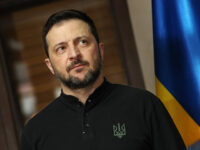
ZELENSKY’S Choice: Will He Seize the Chance for Peace?
— Golden praised Ukraine’s courage against Russian aggression but cautioned that a prolonged conflict could worsen the country’s situation. He urged President Zelensky to strengthen his negotiating position if peace is truly possible, as Zelensky hinted on X. Golden suggested that calling and winning a new election would show Zelensky’s mandate to negotiate for Ukraine.
Zelensky recently stated on X that Ukraine is ready to negotiate and committed to peace, expressing a desire to end the war swiftly. He emphasized the importance of working under strong leadership, specifically mentioning President Donald Trump, to achieve lasting peace.
Zelensky expressed regret over a recent meeting in Washington but stressed the need for constructive future cooperation. His call for unity and decisive action highlights his commitment to finding a peaceful resolution while ensuring Ukraine’s sovereignty remains intact.

EUROPE’S Bold Move: Seizing Control in Ukraine Talks
— European leaders are eager to steer Ukraine-Russia negotiations. At a London summit, British Prime Minister Keir Starmer stressed the importance of this moment for the West. Their aim is to unify Europe’s stance as Kyiv-Washington relations worsen.
Tensions rose after Ukrainian President Zelensky met with former U.S. President Donald Trump, causing concern across Europe. The meeting reportedly alarmed European leaders who fear a change in U.S. policy could disrupt ongoing efforts in the region.
Europe wants to present a united strategy that prioritizes regional stability and security over outside influences from across the Atlantic. This move shows Europe’s intent to assert its influence and leadership in resolving the conflict effectively and independently.
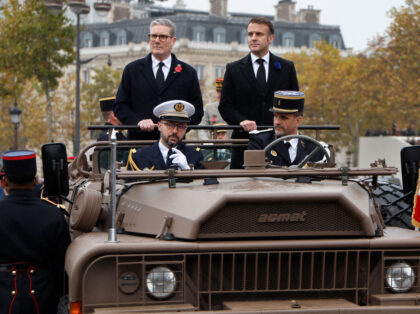
EUROPEAN Allies RALLY to Defend Ukraine as Trump Era Looms
— London, Paris, and Warsaw are forming a core group to support Ukraine against Russia, anticipating changes in U.S. policy under a possible Trump presidency. Donald Trump hasn’t detailed his plans for ending the conflict but has mentioned options like land swaps or demilitarized zones. These strategies clash with Ukraine’s goal of total victory over Russia.
British Prime Minister Sir Keir Starmer met French President Emmanuel Macron in Paris to discuss defense matters and support for Ukraine. They want outgoing U.S. President Joe Biden to allow Ukraine’s use of long-range missiles against Russia before any Trump policy shift. The U.S., however, worries this could escalate tensions with Moscow significantly.
A UK government source stressed the urgency of maximizing efforts before Trump’s potential presidency begins on January 20th. Starmer and Macron aim to strengthen Ukraine’s position as winter nears and after Trump’s re-election announcement days ago, despite financial challenges faced by both the UK and France amid budgetary issues.
Poland, led by Prime Minister Donald Tusks, is also increasing its role in this emerging anti-Trump alliance within Europe. Meetings between Polish leaders and European counterparts are planned to involve NATO members from Scandinavia as well.

— Starmer: Putin Can End Ukraine War Anytime UK Labour leader Keir Starmer asserts that Russia initiated the conflict and can halt it at will, ahead of discussions with President Biden on lifting restrictions on Western weaponry for Ukraine

— Zelenskyy to Unveil Ukraine’s 'Victory Plan’ in US This September The Ukrainian president announced that the ongoing military counteroffensive in Russia’s Kursk region, home to a nuclear power plant, is a key component of the strategy

— Ukraine Nears Ammunition Crisis: Air Defense Missiles to Deplete by Month End Reports indicate Ukraine is on the brink of an ammunition crisis, with air defense missiles dwindling to critical levels, risking city defenses by month end

— Ukrainian Children to Speak at UN Security Council on War Losses Amid US Aid Package Delay Young Ukrainians affected by war will share personal stories at the UN in a bid to sway Republicans as US military aid remains in limbo

— Zelenskyy Prepared to Escort Donald Trump to Ukraine’s Front Line: Ukrainian President offers to show former US President the country’s conflict zones

Video
HAMAS OFFERS Truce: A Bold Shift Towards Political Transformation
— In a revealing interview, Khalil al-Hayya, a top official from Hamas, announced the group’s readiness to halt hostilities for at least five years. He detailed that Hamas would disarm and rebrand as a political entity upon the establishment of an independent Palestinian state based on pre-1967 borders. This represents a drastic pivot from their previous stance focused on the destruction of Israel.
Al-Hayya elaborated that this transformation hinges on forming a sovereign state that includes both Gaza and the West Bank. He discussed plans for merging with the Palestine Liberation Organization to establish a unified government and transforming their armed wing into a national army once statehood is achieved.
However, skepticism remains about Israel’s receptiveness to these terms. After lethal attacks on October 7, Israel has toughened its position against Hamas and continues to oppose any Palestinian state formed from territories captured in 1967.
This shift by Hamas could either open new avenues for peace or be met with stiff resistance, highlighting ongoing complexities in Israeli-Palestinian relations.
More Videos
Invalid Query
The keyword entered was invalid, or we couldn't gather enough relevant information to construct a thread. Try checking the spelling or entering a broader search term. Often simple one-word terms are enough for our algorithms to build a detailed thread on the topic. Longer multi-word terms will refine the search but create a narrower information thread.
Politics
The latest uncensored news and conservative opinions in US, UK, and global politics.
get the latestLaw
In-depth legal analysis of the latest trials and crime stories from around the world.
get the latest
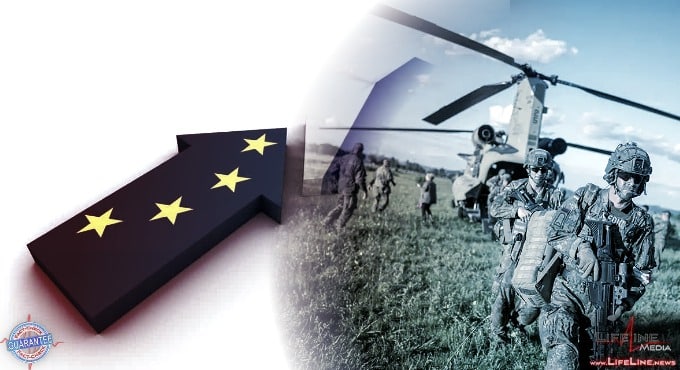
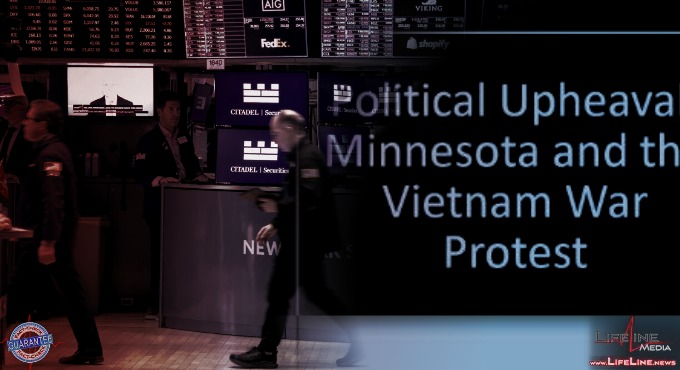

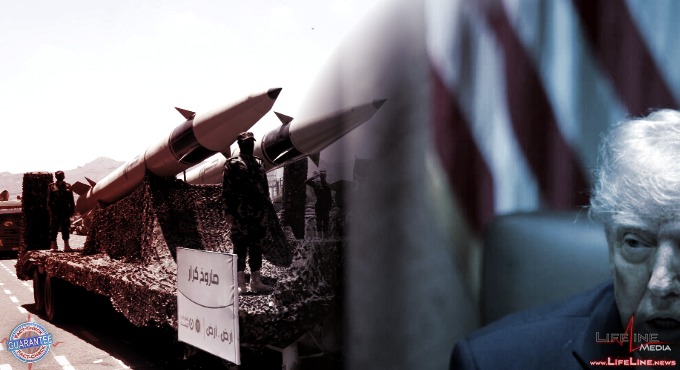
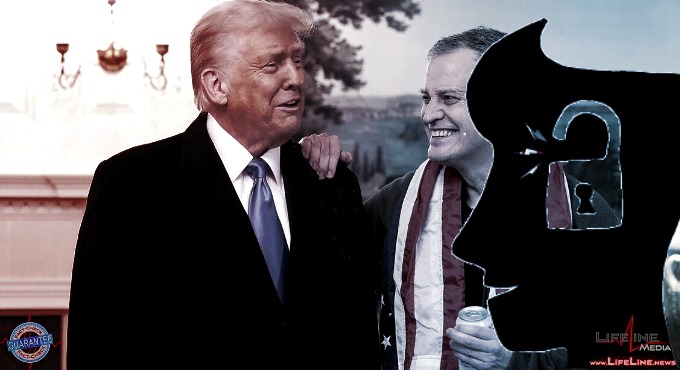
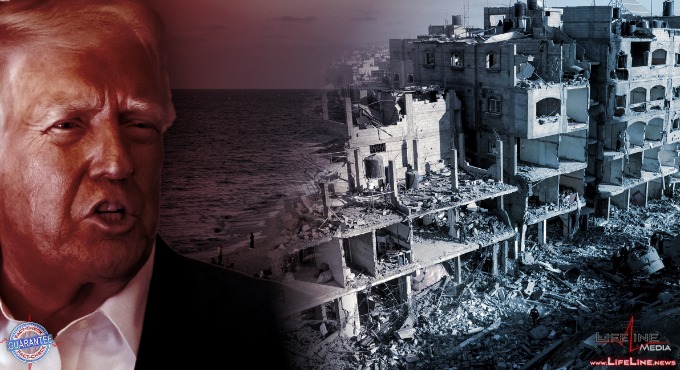
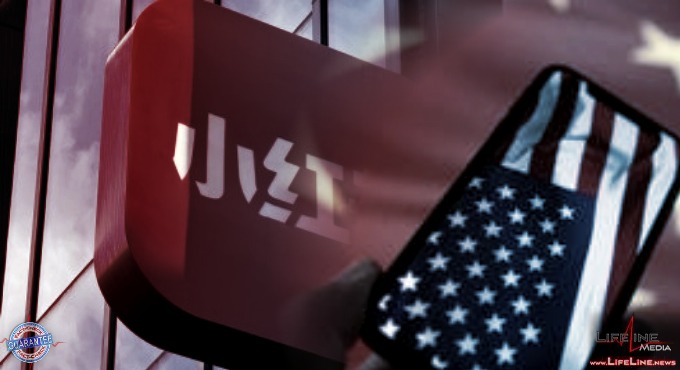
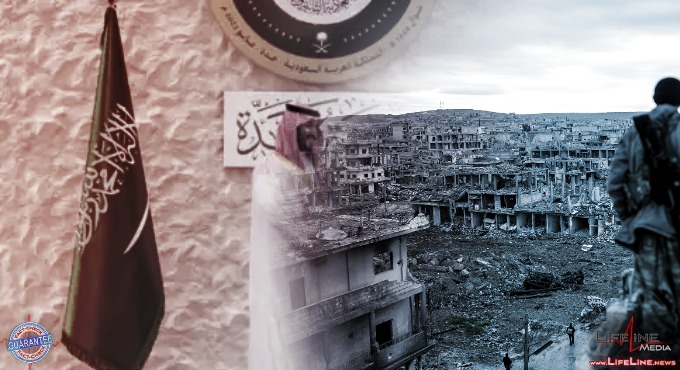
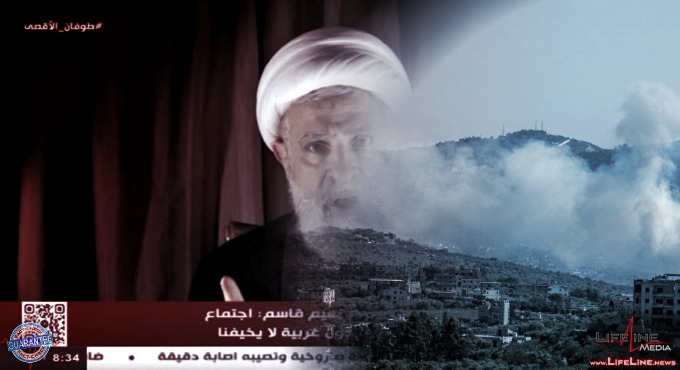
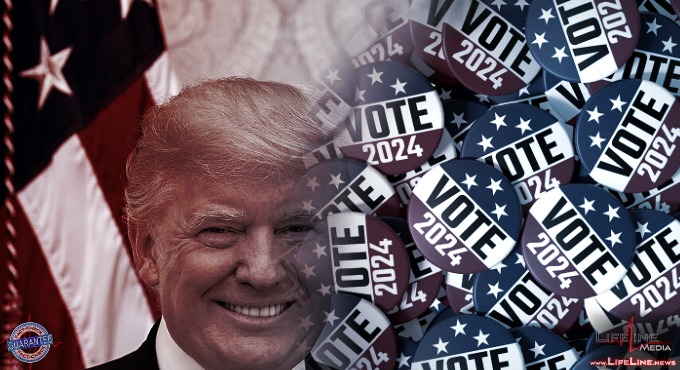


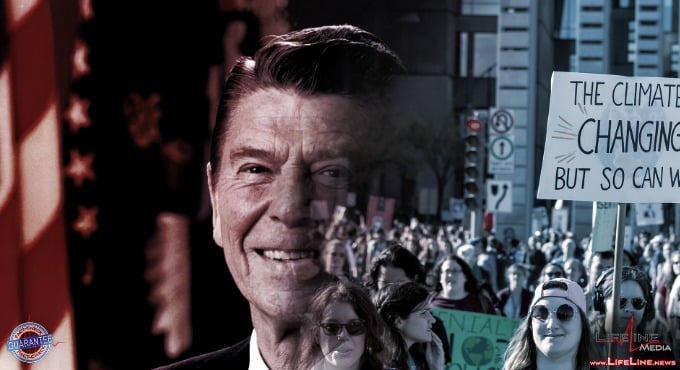

Social Chatter
What the World is SayingUpdate from Mark and Stephen: the donated vehicle safely reached Ukraine and is now being used by Victoria, a brave Ukrainian combat medic. She gave them a flag signed by people whose lives...
. . .Vladimir Putin must pay for the destruction he has caused in Ukraine. $300bn in frozen Russian assets sit in Western financial systems. If we don’t act, they could be handed back to Moscow...
. . .The message is simple: if we let Russia off the hook, we set a dangerous precedent for other aggressors. That’s why we must act. Read my full argument in today’s @thetimes 👇
. . .Ukraine’s future depends on decisive action today. Seizing Russian assets would not only fund reconstruction - it would also allow Ukraine to build the military strength needed to deter future...
. . .S Jaishankar’s UK Visit Amid Ukraine Tensions – What’s on the Agenda?. S Jaishankar’s UK Visit Amid Ukraine Tensions – What’s on the Agenda? S Jaishankar UK Visit: External Affairs Minister S Jaishankar has arrived in London for a six-day visit to the UK and Ireland, with ...
. . .